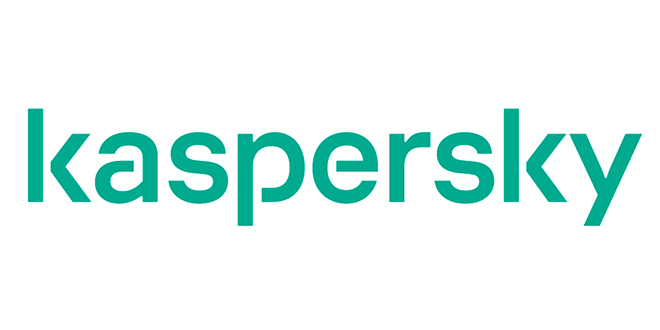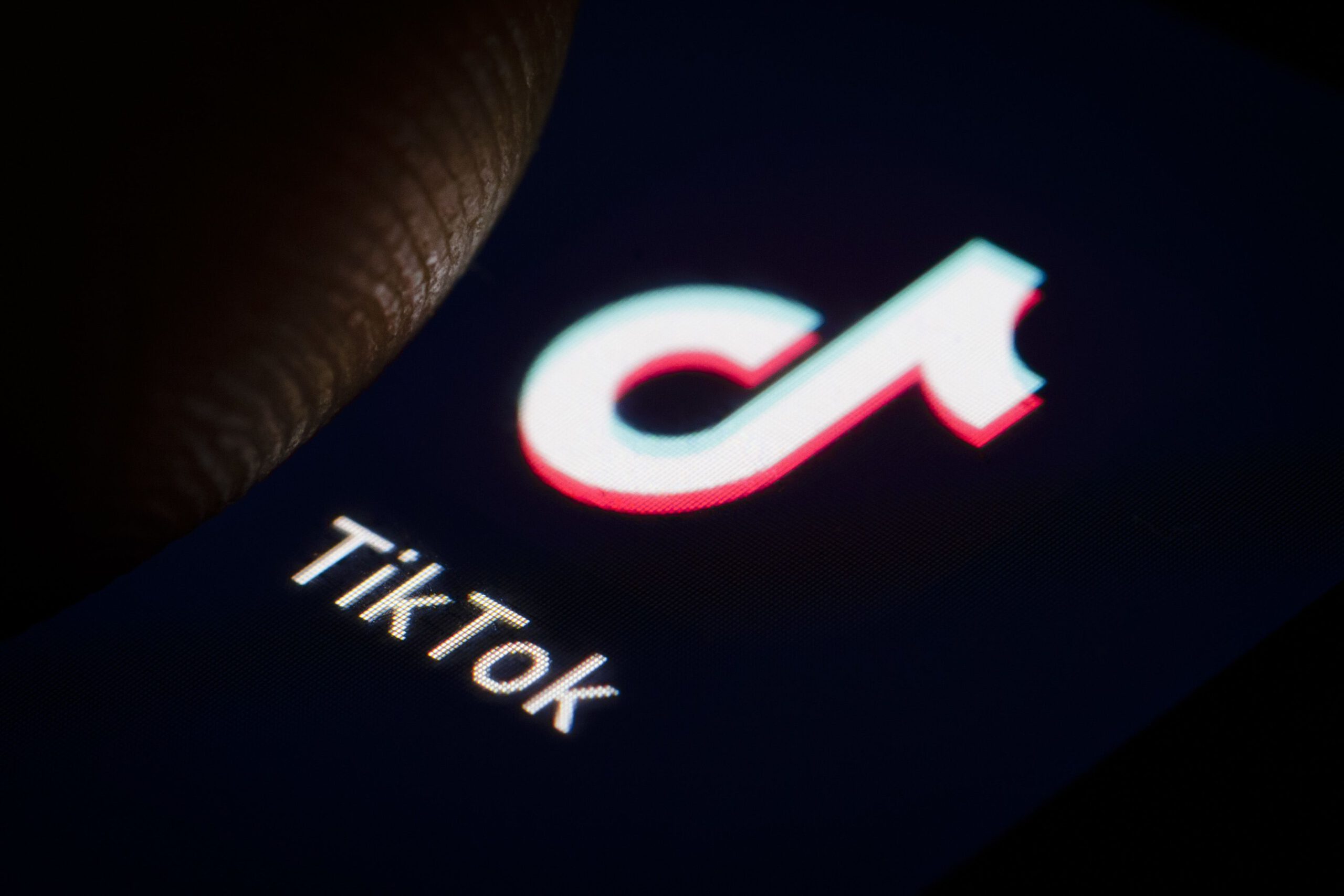KDDI, a leading telecommunications operator in Japan, is deploying Nokia’s G.fast solution to apartments and multi-dwelling units (MDU) buildings to deliver ultra-broadband services to customers. Reducing the need to install new fiber, Nokia’s technology will enable KDDI to use existing copper lines in MDU buildings to deliver 830Mbps combined uplink and downlink speeds to customers.
To support customers’ ultra-broadband needs, Japanese operators are using fiber where possible along with new technologies like G.fast for a large number of MDU locations where copper is already installed. Developed by Nokia Bell Labs, G.fast uses vectoring technology to effectively reduce cross-talk interference that typically impacts data speeds over copper networks. Providing support for Japan’s VDSL2 specifications, Nokia’s G.fast solution will minimize the impact to existing VDSL systems and enable operators to quickly upgrade their high-speed internet service to gigabit class through a simple CPE (customer premises equipment) replacement.
KDDI has been deploying Nokia’s G.fast solution and has started its rollout of ‘au Hikari MDU Type G’.
Teresa Mastrangelo, principal analyst at Broadband Trends said: “G.fast continues to be a preferred choice for operators seeking to deliver gigabit broadband services to MDUs as it eliminates many of the issues found with FTTH deployments such as building types and access. However, in Japan, deploying G.fast can be just as challenging as fiber due to the unique VDSL ecosystem and standards in place. As one of the few vendors capable of supporting both the global and local Japanese VDSL standard, Nokia has been able to help KDDI capitalize on the benefits of G.fast and seamlessly scale and migrate their network with minimal disruption. This win is another great example for how G.fast technology is being used to quickly address customers need for greater broadband speeds.”
Shigenari Saito, Administrative Officer, General Manager, Network Technology Development Division, Technology Sector, at KDDI said: “KDDI already provides 10Gbps service for our ‘au Hikari’ FTTH customers, but the speed we can provide has been limited to 100Mbps service for MDUs where fiber is difficult to deploy. Nokia’s G.fast solution enables us to connect existing 100Mbps users and new G.fast users under the same DPU (distribution point unit). This gives us the flexibility and economical path to meet the customer’s demands for higher speed. Our decision to deploy Nokia G.fast is based on our long-term relationship, Nokia continues to be our long-term partner for delivering technology innovations.”
Sandra Motley, president of Nokia’s Fixed Networks Business Group, said: “Operators looking to quickly roll out new ultra-broadband services are increasingly adopting multi-technology strategies that allow them to maximize the use of both fiber and copper technologies. This is particularly true in some cases like inside an apartment building, where more traditional Fiber-to-the-Home solutions can be very challenging to deploy. We are excited to be working with KDDI to deploy our G.fast solution to deliver fiber-like speeds that will enhance the way customers experience their broadband services.”
Did You Know
-
Nokia is the only vendor who can provide interoperability between G.fast and the Japan-specific VDSL technology.
-
Nokia’s G.fast solution meets all Japanese specifications and environmental conditions
-
There are more than 30M households using FTTH/FTTB services in Japan, of which approximately 9 million are MDU residents.
-
There are approximately 5-6 million VDLS2 users in Japan that will need to migrate to G.fast due to support demand for higher broadband speeds.
-
Migration from a Japan unique VDSL system to a globally standardized Nokia G.fast system can provide Japanese operators a future-proof path to deliver even higher speeds such as 2Gbps with 212MHz in the future.









